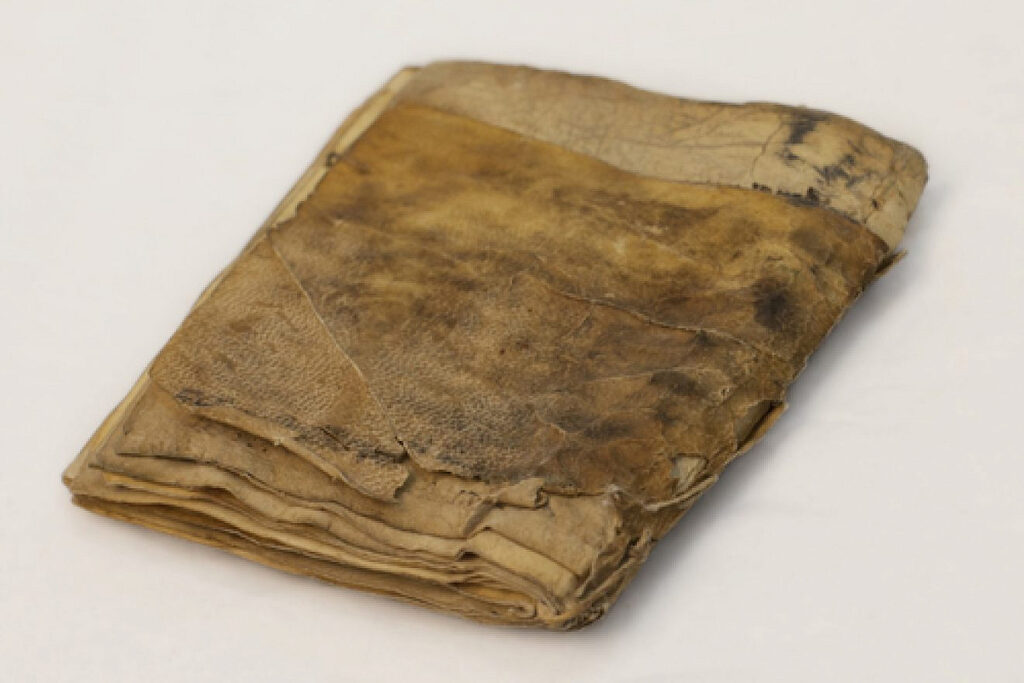
BGU Researchers Prove Vonnegut Right
BGU Researchers Prove Vonnegut Right
March 1, 2020
Forbes – Writer Kurt Vonnegut famously described a few different story shapes that he believed would fit all existing stories. He even said, “There is no reason why the simple shapes of stories can’t be fed into computers,” and that’s exactly what BGU researchers have done.
In a recent paper, BGU researchers describe how they were able to develop the “Flintstones Scene Dataset (FSD)” to identify recognizable narrative structures. This works well with cartoons like the “Flintstones” because the short episodes all have well-defined narrative structures and systematic predictability.

Prof. Mark Last
Created by Prof. Mark Last, Chang Liu and Amrin Shmilovici of the Department of Software and Information Systems Engineering, FSD was developed from a collection of more than 1,500 scenes taken from episodes of the “Flintstones” that will help computers better understand film storylines.
The tedious work of looking at every scene and tagging elements of the story was done by humans because computers can’t yet process what’s shown on screen. The annotated dataset of “Flintstones” scenes has turned a visual cartoon into neat categories of text describing specific scenes and situations.
If a computer analysis of FSD can identify the narrative structure, then it might be possible to do something similar with other TV shows and films, perhaps with more complex narrative structures.
This kind of research is a lot harder to do with visual media like TV or film. To get a computer to analyze the changes in sentiment or specific patterns in the narrative, video first needs to be converted to text — and that’s about much more than simply feeding in a script.
The cinematography and music make up a large part of the story, as well, and are not easily turned into written descriptions, but a tagged dataset like FSD does makes it possible to run machine analysis.
This kind of work could improve recommendation services, and make it possible to predict what kind of stories people like based on the narrative, rather than on the kind of vague resemblances that now form part of these recommendations.



